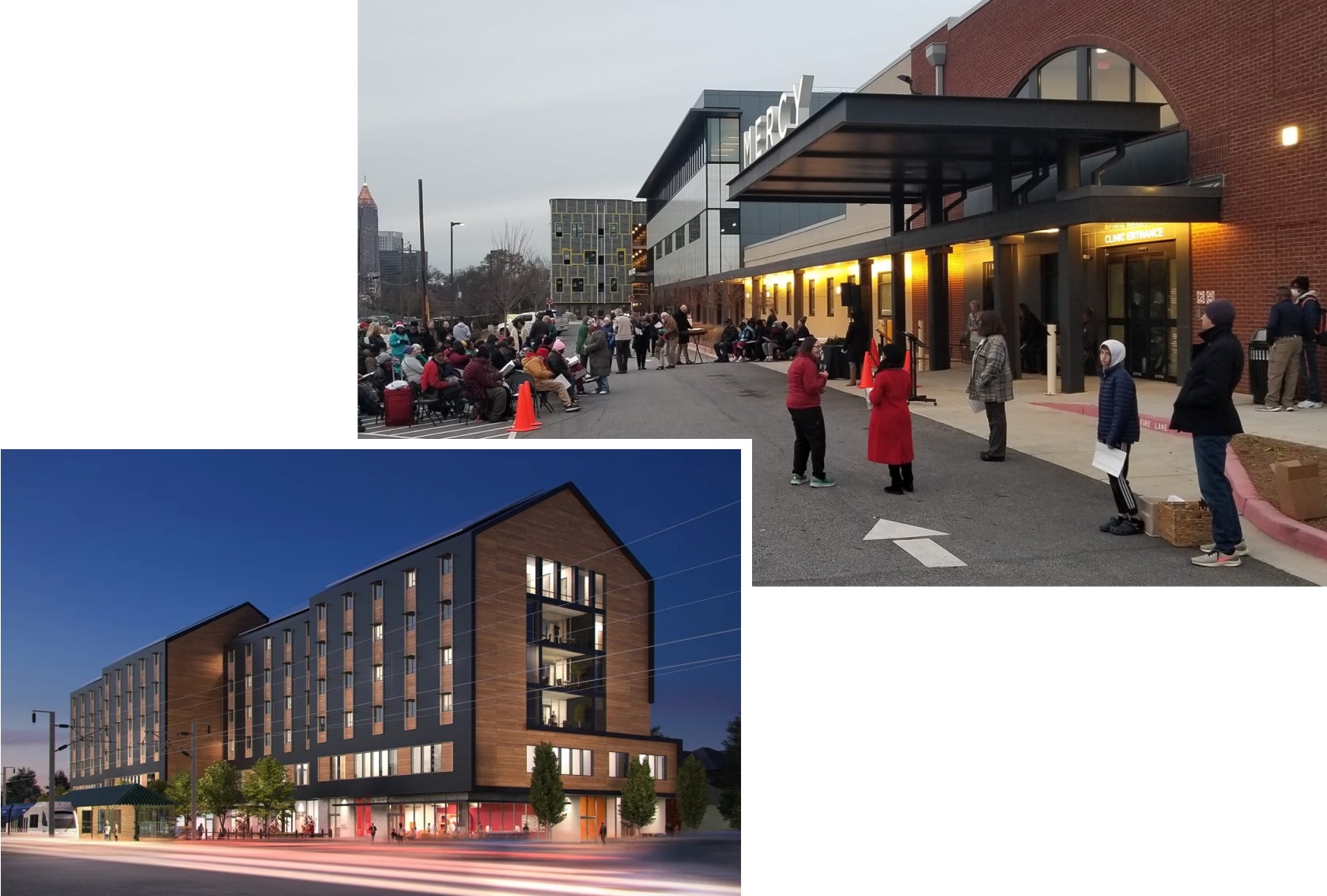(Editor’s note: This article is part of One United Lancaster’s coverage of the Housing Alliance of Pennsylvania’s 2023 Homes Within Reach conference.)
In recent years, health organizations have worked harder to help people at risk of homelessness remain safely housed.
Officials in Pennsylvania are now encouraging them to take the next step: Get actively involved in building affordable housing.
Housing is a key “social determinant of health”: Stable housing contributes to overall welfare, while instability worsens the risk for physical and mental illness and substance abuse. That raises concerns for Pennsylvania, which has an estimated affordable housing shortage totaling nearly 270,000 units.
State officials say creating partnerships between housing providers and hospitals or managed care organizations can help turn that around. They explained how in a workshop on state housing policy at the Housing Alliance of Pennsylvania’s Homes Within Reach conference.
Healthy Housing Healthy Communities
Last year, the Pennsylvania Housing Finance Agency (PHFA) was selected to receive a Healthy Housing Healthy Communities grant. The program, sponsored by the National Council of State Housing Agencies, is intended to draw more health organizations into underwriting affordable housing. Pennsylvania was one of six states picked to pilot it.

PHFA provides subsidies for affordable housing projects, including the Low Income Housing Tax Credit program, or LIHTC. For Healthy Housing Healthy Communities, PHFA is setting aside at least one LIHTC award in 2024 for a project that includes a healthcare investment partner, said Bryce Maretzki, PHFA director of strategic planning and policy.
It also is making $10 million available from the Pennsylvania Housing Affordability & Rehabilitation Enhancement Fund, aka the PHARE fund, to match healthcare organizations’ capital investments.
The goal is to move health providers “up the scale,” Maretski said, from providing services to making capital investments and “thinking about affordable housing in their communities writ large.”
Eligible investments could include a grant, a loan, debt or the donation of a site. PHFA is prepared to match up to $2 million, he said.
PHFA received letters of intent for the 2024 LIHTC round in October: The application deadline is Jan. 11, and Maretzki said the agency is expecting at least nine submissions for projects that feature a healthcare partner.
Combining housing and medicine
Helping PHFA develop Healthy Housing Healthy Communities program is the Corporation for Supportive Housing, a consulting and advocacy nonprofit.

Getting healthcare organizations involved in housing creates opportunities for tremendous synergy, said Brian McShane, the organization’s associate director for Pennsylvania and New Jersey.
He highlighted two examples that he said illustrated best practices: the Blackburn Center in Portland, Oregon; and the Decatur Street Clinic in Atlanta Georgia.
The Blackburn Center includes a medical center, 51 transitional “respite beds” and 124 units of supportive housing for low-income and housing-insecure individuals.
The Decatur Center is a clinic for underserved patients operated by St. Joseph’s Mercy Care Services, a federally qualified health center. It has incorporated 270 affordable housing units into its latest expansion: 170 for families and 100 for seniors.

To be sure, the economics of such projects are challenging. Among other things, providers have to understand the limits of their funding sources and what each can and can’t be used for, McShane said.
Medicaid in particular, while it covers a broad range of supportive services, is “adamant” about not funding bricks-and-mortar housing, he said.
He stressed the importance of state governments in setting the stage for housing-health collaborations. They can bring potential partners from each sector together, facilitate access to federal funding like LIHTC and Medicaid, and coordinate the work of their various regulatory agencies to streamline approvals and eliminate roadblocks.






